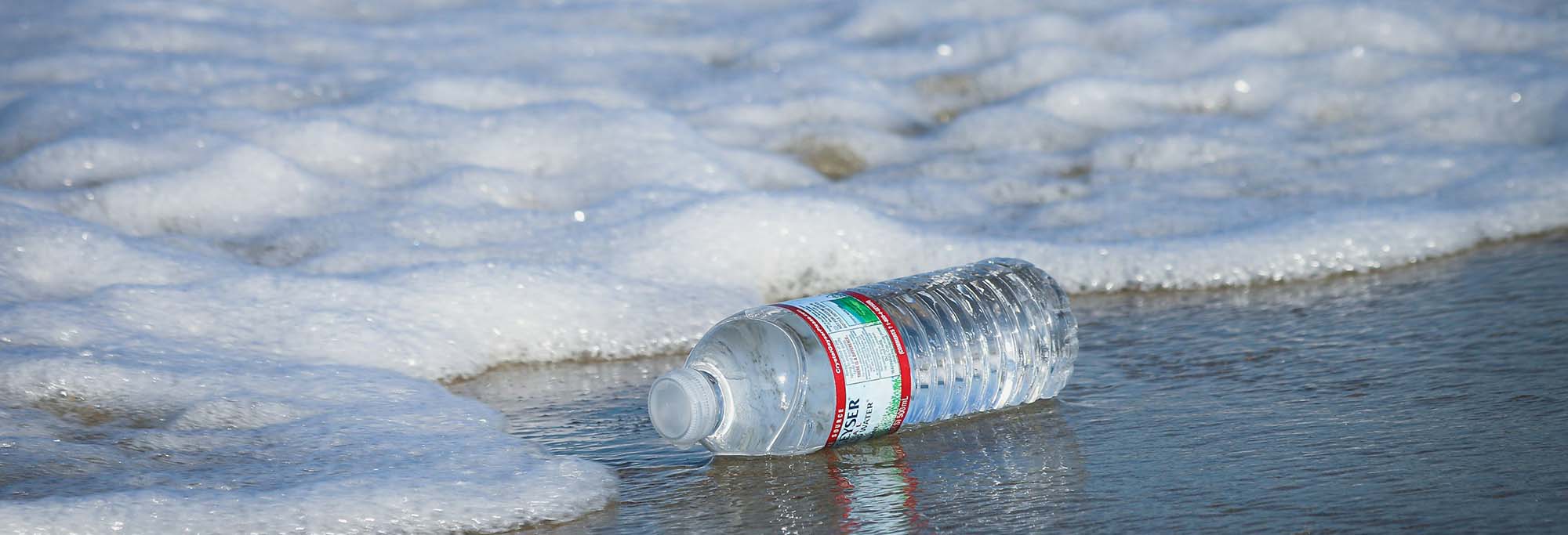Microplastics—tiny plastic particles ranging from 1 micrometer (µm) to 5 millimeters (mm) in size—have infiltrated our environment, appearing in our food, water, and even the air we breathe. While their long-term health effects are still being studied, research suggests that ingesting microplastics may contribute to fertility issues, metabolic disorders, and even an increased risk of cancer. Given their widespread presence, avoiding microplastics entirely is nearly impossible, but there are steps you can take to minimize exposure. Let’s look at some simple ways on how to avoid microplastics.
The Dangers of Microplastics on Human Health
Microplastics contain harmful chemicals such as bisphenol A (BPA), phthalates, and PFAS, which can mimic human hormones and disrupt bodily functions. Studies have linked microplastic exposure to heart disease, lung disorders, and reproductive issues. Alarmingly, recent research has even found microplastics in human brain tissue, suggesting they can cross the blood-brain barrier.
How to Reduce Microplastic Exposure
While eliminating microplastics from your life entirely is unrealistic, you can significantly reduce your exposure by making informed choices:
- Avoid Plastic Bottled Water
Studies indicate that bottled water contains more microplastics than tap water. Opt for a reusable glass or stainless steel bottle instead. - Use an NSF-Certified Water Filter
Tap water can also contain microplastics, so investing in a high-quality water filter certified to reduce microplastic contamination is a smart move. - Limit Plastic Food Packaging
Microplastics can leach into food from plastic containers. Choose glass, stainless steel, or ceramic for food storage and reheating. - Limit Purchasing Foods Packaged in Plastic
Just as microplastics can leach from home plastic containers they can also do so from store bought plastic packaging. Try to avoid foods packaged in plastic bottles, bags and containers and look for those packaged in glass or paper. - Avoid Microwaving Food in Plastic
Heating plastic releases harmful chemicals. Instead, use glass or ceramic containers when microwaving food. - Eat Fresh, Whole Foods
Processed foods tend to contain more microplastics due to packaging and production methods. Opt for fresh, organic produce and unprocessed proteins. - Reduce Synthetic Clothing Use
Clothes made from polyester and nylon shed microplastics into the environment. Choose natural fibers like cotton, wool, linen or hemp when possible. - Improve Indoor Air Quality
Microplastics are present in household dust. Regular vacuuming with a HEPA filter and using an air purifier can help reduce airborne microplastics. - Use a natural fibre dental
Dental floss even has microfibers, look for those made from silk or other natural fibers. Some dental floss pretends to be natural but they are just nylon coated in natural materials, make sure to core fibre is natural. - Avoid or Reduce Single Use Plastics
Use reusable shopping bags and food containers - Limit Shellfish in your diet
Shellfish tend to accumulate more microplastics than most seafood. - Use Wood Cutting Boards
Instead of plastic cutting boards use wood cutting board as plastic cutting boards are full of plastic - Use Stainless Steel or Wooden Cooking Utensils
Avoid plastic utensils and use stainless steel of utensils made of a hardwood such as Maple, Cherry, Beech, Walnut and Olive Wood. - Choose Loose Leaf Tea
Opt for Loose Leaf tea instead of tea bags which can contain microplastics. - Limit Processed Foods
Reducing you consumption of processed foods will help reduce the amount of microplastics as many are processed with plastic equipment.
Final Thoughts on How to Avoid Microplastics
Microplastics are an unavoidable part of modern life, but by making small, conscious changes, you can significantly reduce your exposure and protect your health. Scientists continue to study their long-term effects, but taking proactive steps now can help minimize potential risks.
For more insights, check out this article from UC San Francisco and this guide from The New York Times Wirecutter.
Have any more ideas on how to minimize or avoid microplastics? Please leave a comment below.



Leave a Reply